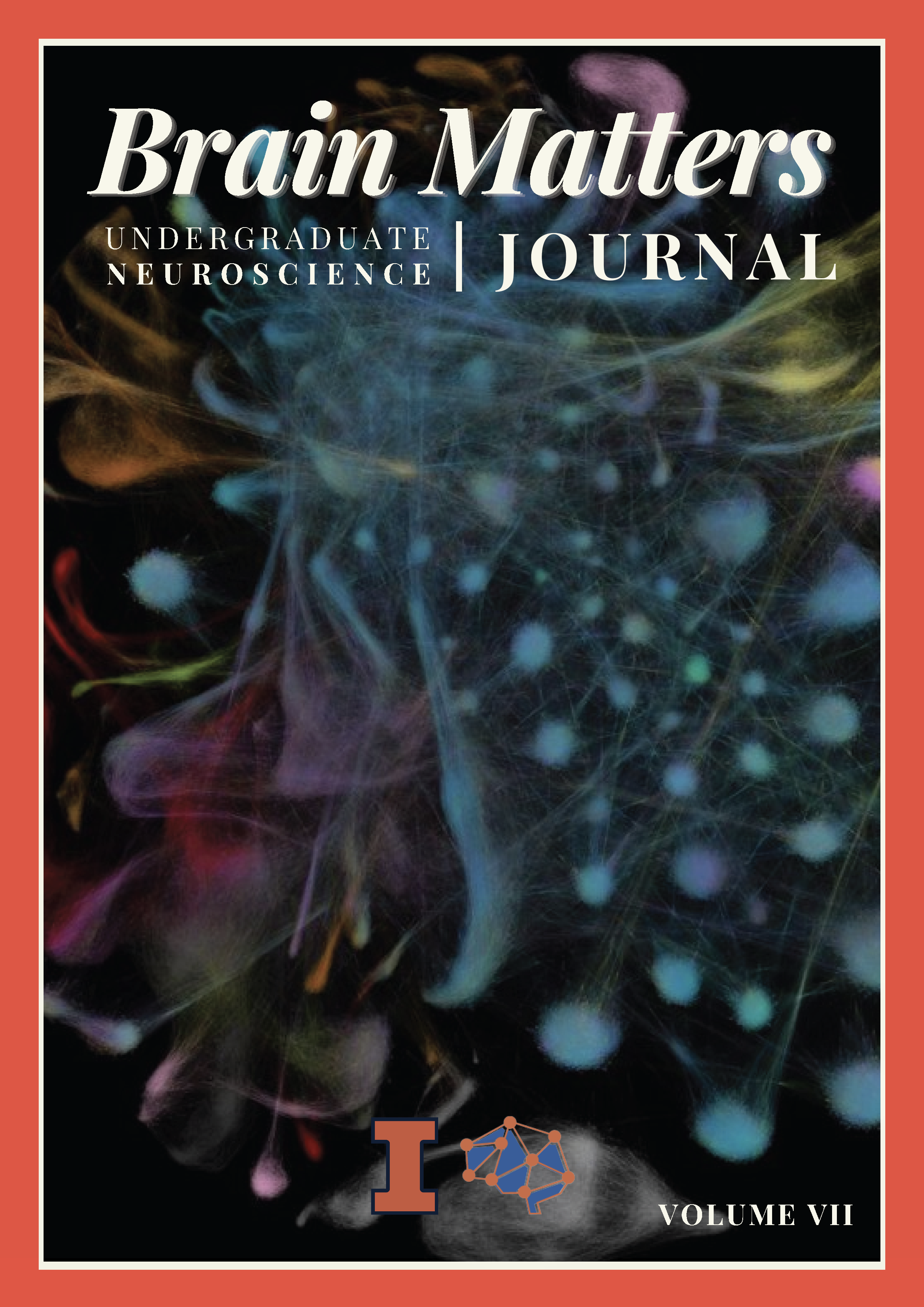Practical Applications of The Circadian Rhythm
Main Article Content
Abstract
temperature, hormone releasing, and digestive system. The circadian rhythm is widely theorized and understood to be developed because of the daily cycle of light and dark. This can be attributed to sunlight serving as the primary source of food for photosynthetic organisms, causing a cycle within the organism that causes food to be processed during the hours of daylight and a period of fasting during the night. Recent research has suggested that disruptions in this rhythm can lead to various issues within the body. However, there have been advancements in the applications of the circadian rhythm in the areas of the immune system and infection; exercise and sleep; digestion and food-processing; and cancer and treatments. This paper explores the fundamental mechanisms of the circadian rhythm and the impact on human health in various areas, advocating for practical applications of this profound biological cycle.
Article Details

This work is licensed under a Creative Commons Attribution-NonCommercial-ShareAlike 4.0 International License.

